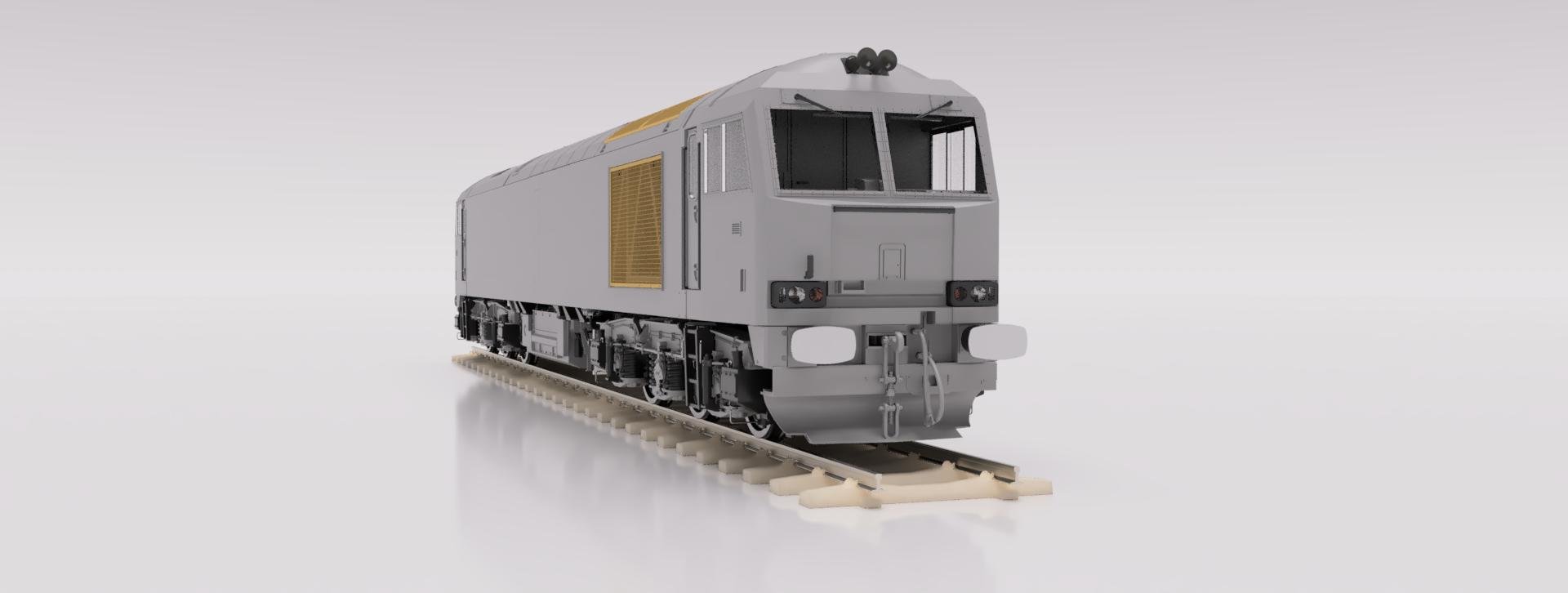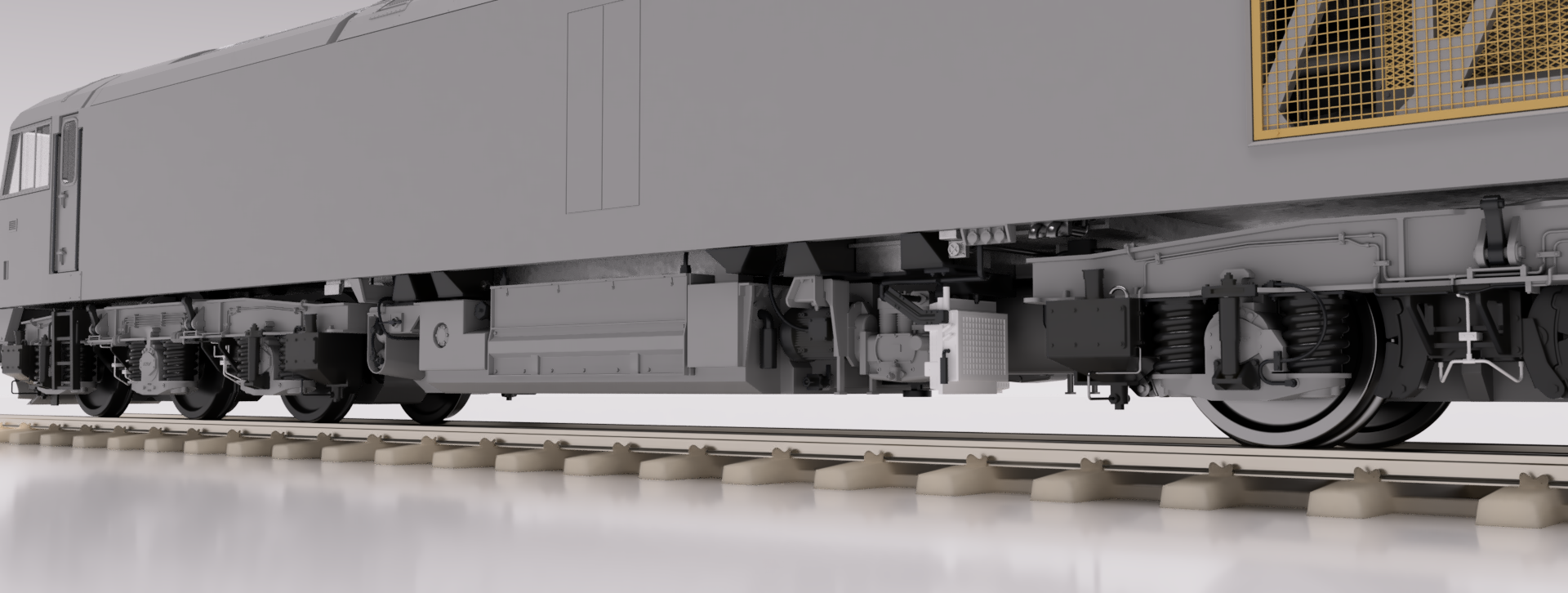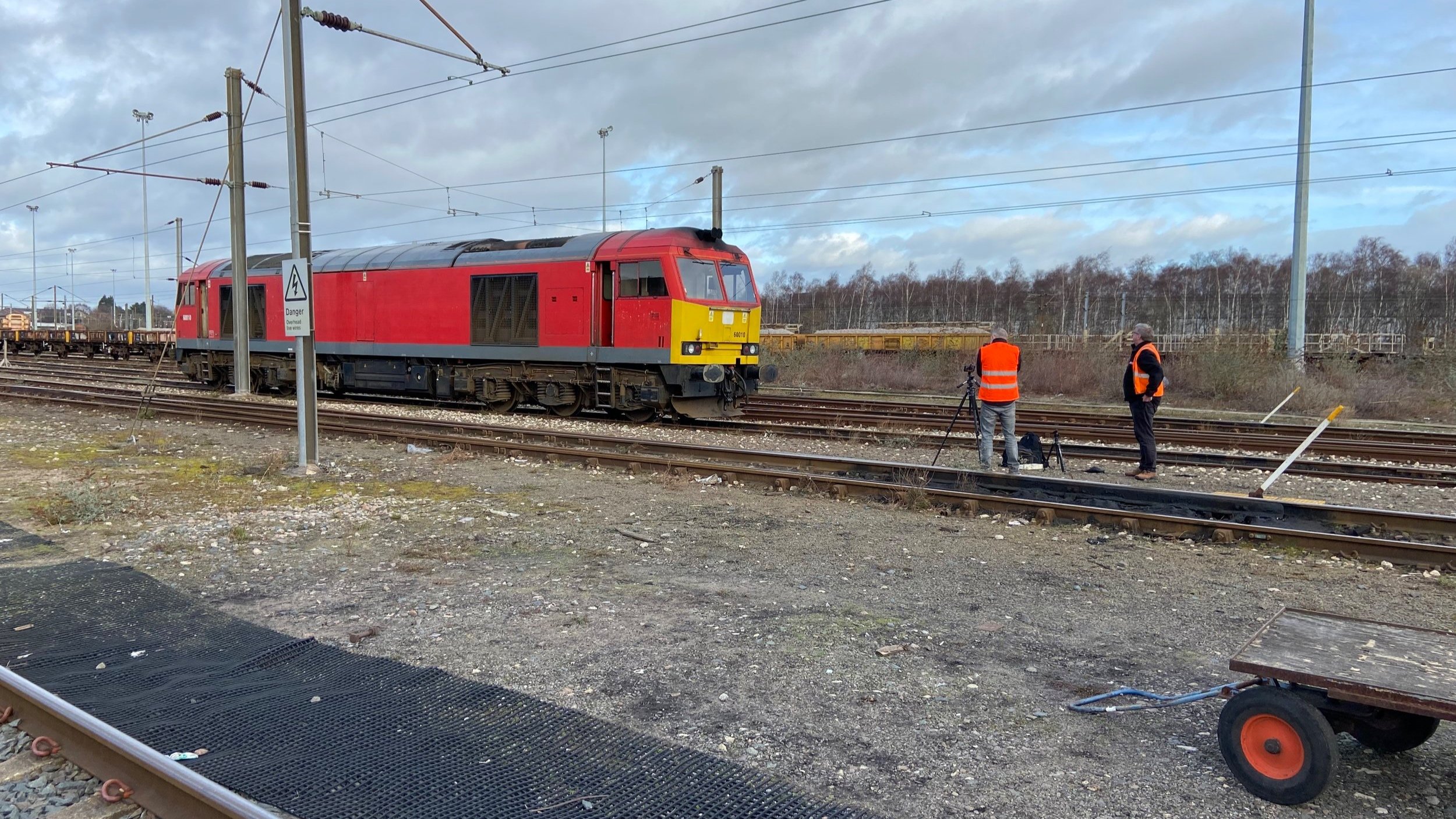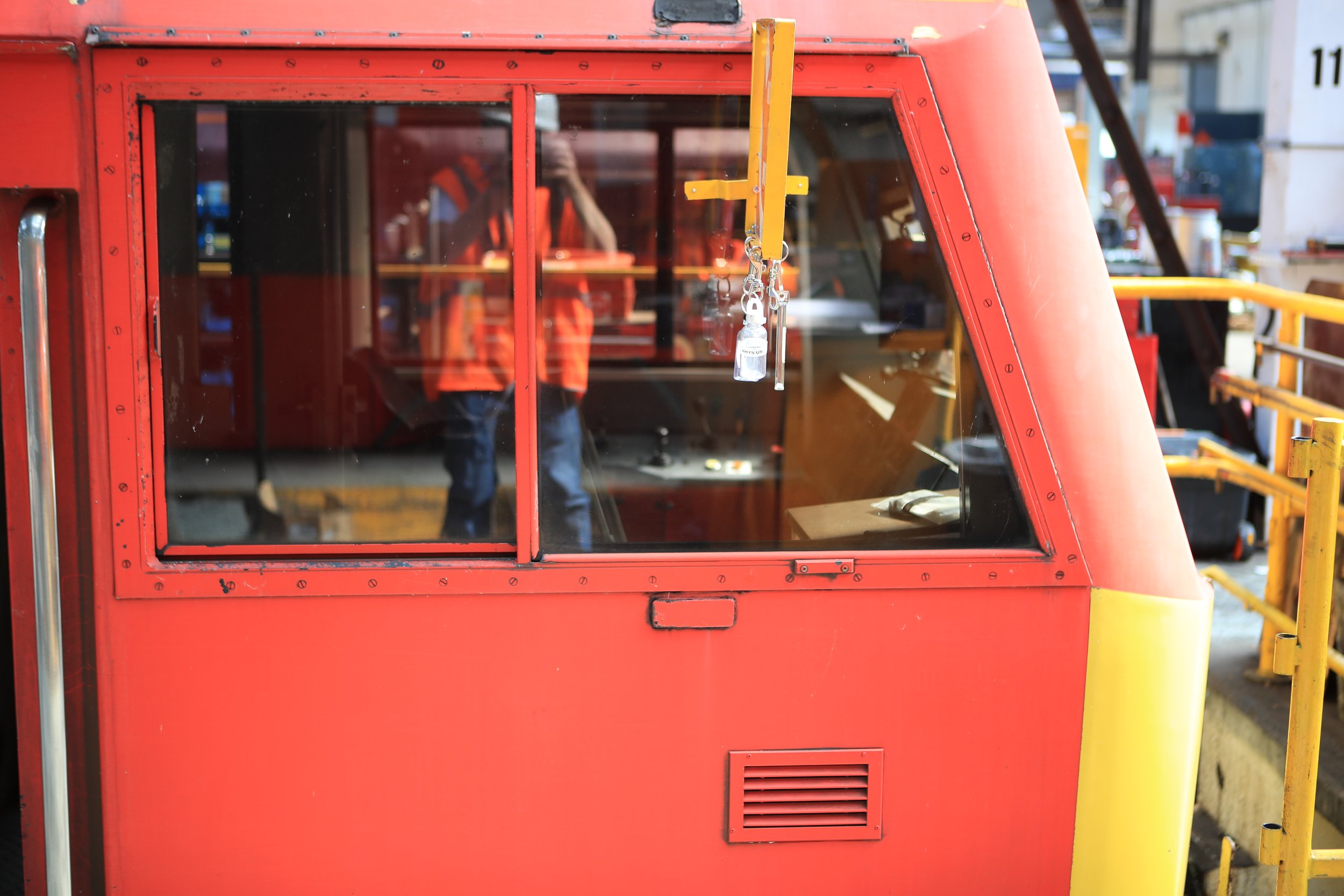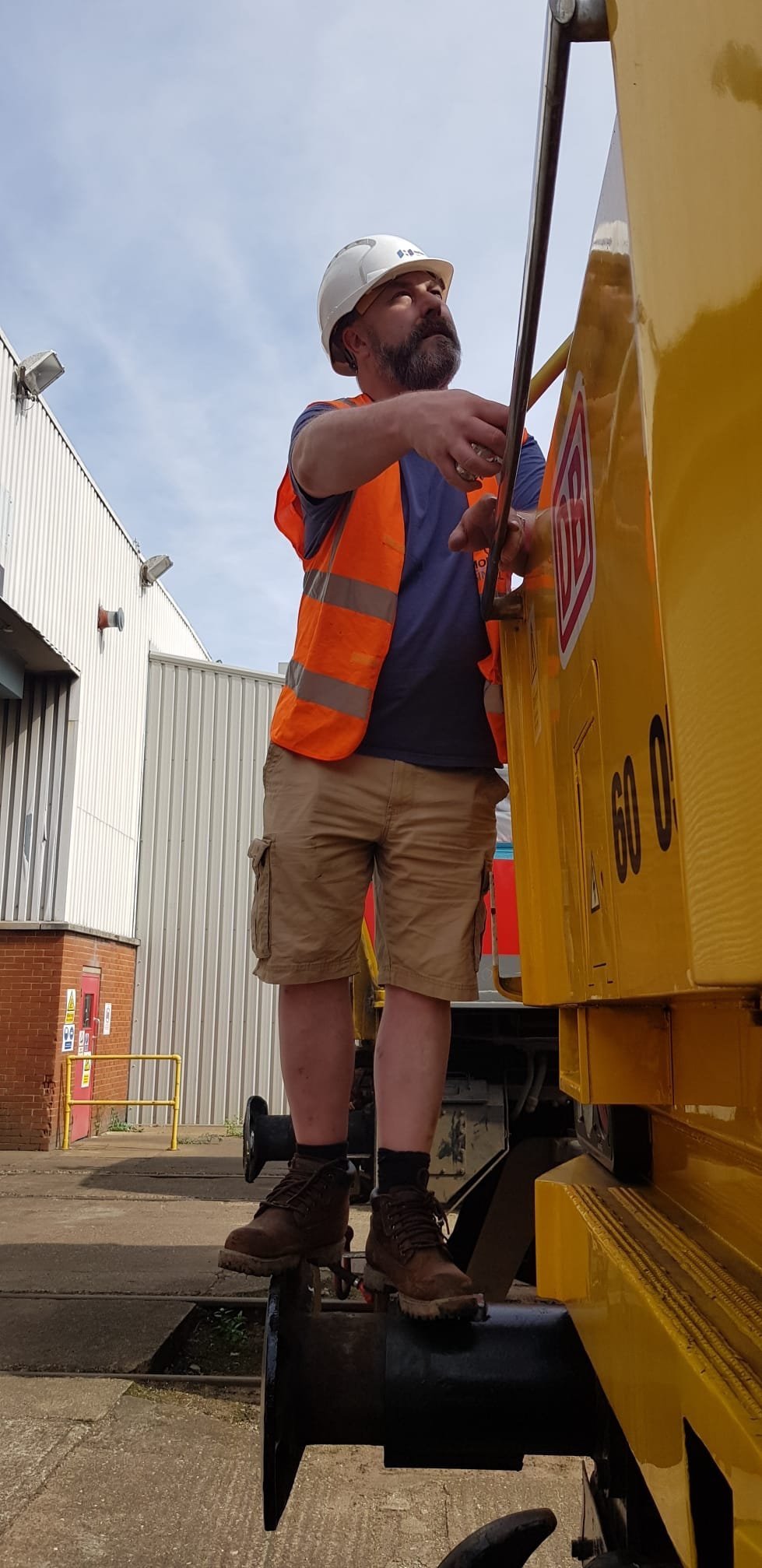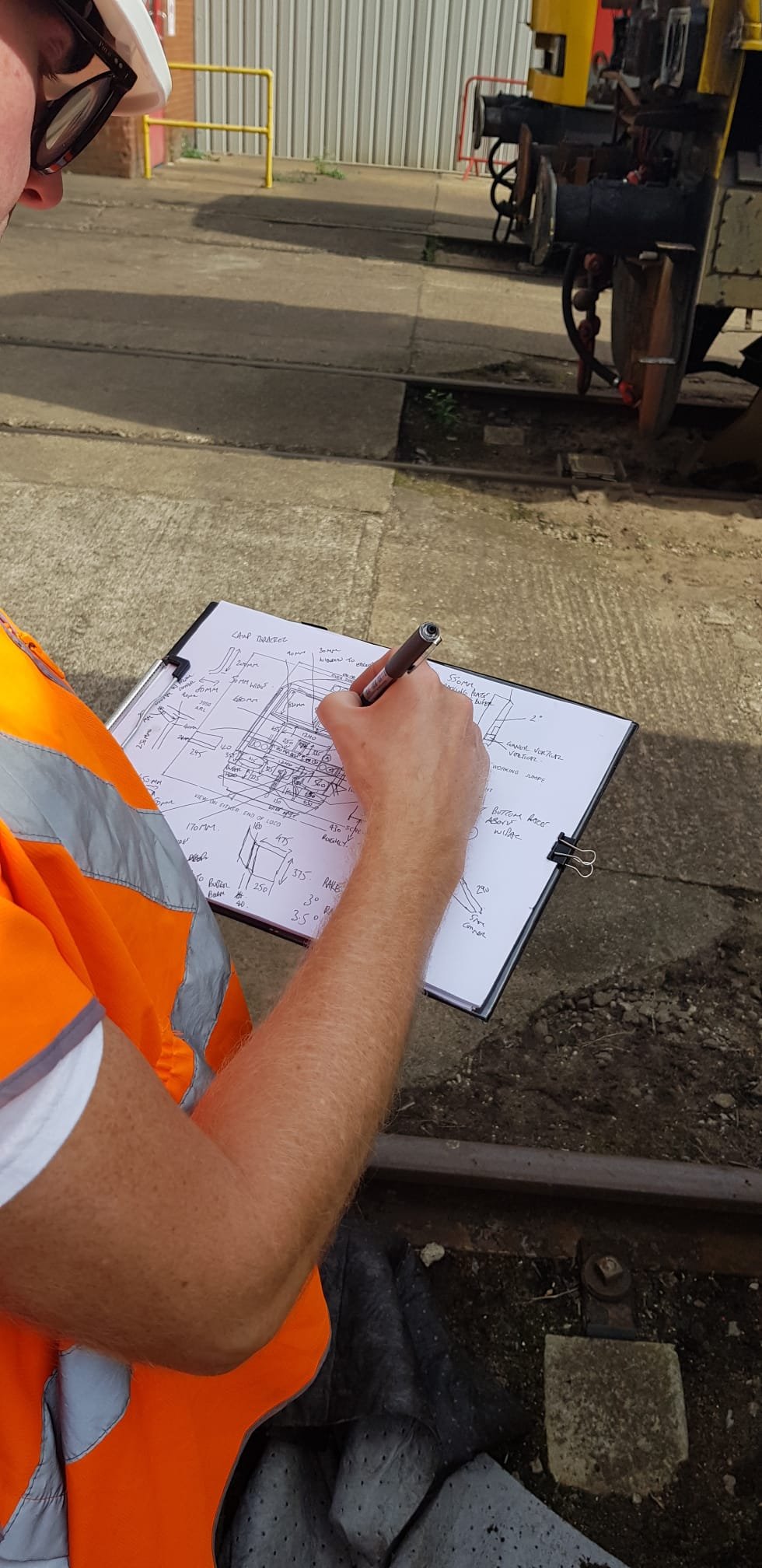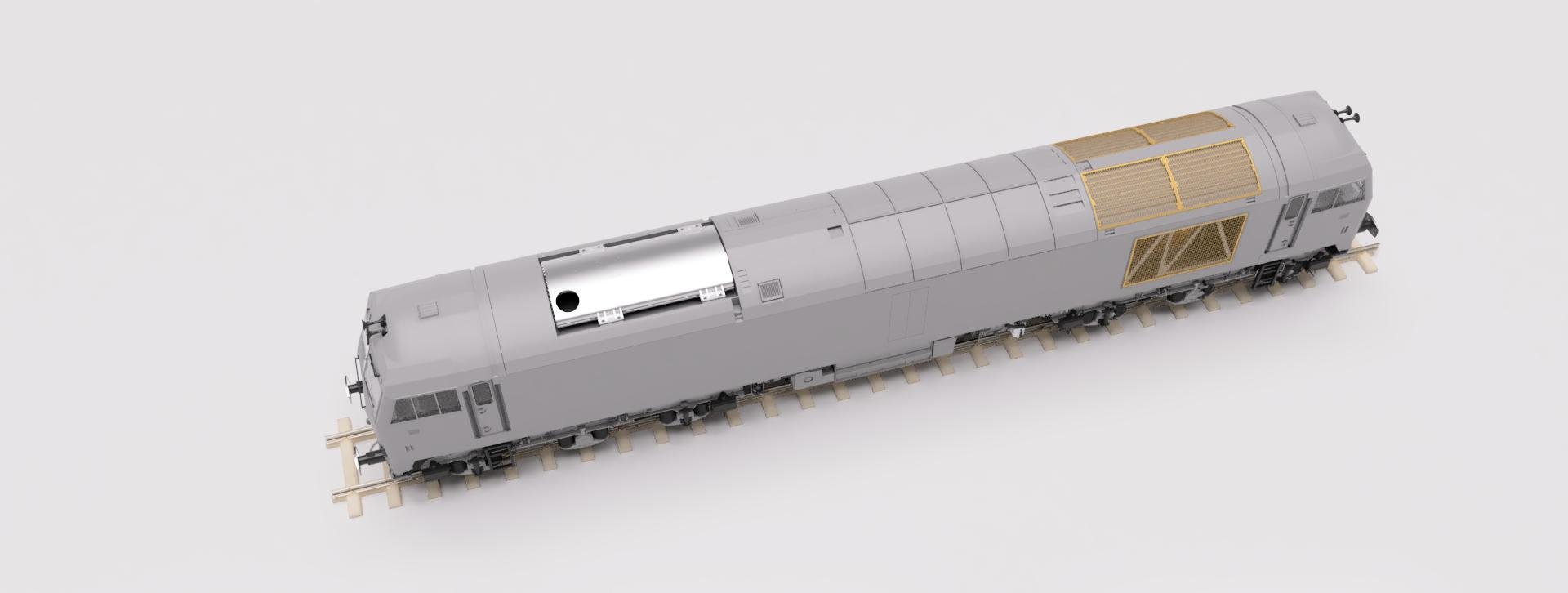Cavalex Class 60 launch
Cavalex Models continues to expand its Brush Type 5 offering in 4mm
Cavalex Models are pleased to reveal our next locomotive project, the Class 60 in OO scale. With the type 5 loco hauling our released, and forthcoming wagon projects, it was a logical next step for us after our Class 56. The model is already significantly advanced and at the tooling stage, having been in the works for the past few years. All variants of the 60 are being tooled, to accurately cover all 100 locomotives produced between first delivery of 60001 in June 1989 and the present day operations of the fleet. This will of course see the release of Class 60s in configurations and liveries that haven’t been available before in 1:76.2 scale.
The Cavalex Class 60 has been designed completely from scratch, based on original works drawings from Wabtec and an extensive survey of multiple locomotives at Toton. We have incorporated numerous innovations into the model which we’re looking forward to showcasing. Whilst the 60 has been released by other manufacturers in the past, it was an obvious choice for us given the prototype ran with all of our released and forthcoming wagons.
As with all of our models, the Class 60 has taken years of significant research and development time, which we believe has been well worth it to capture all of the features of this iconic modern type 5 freight loco.
The model is currently in tooling and we’re looking forward to showing off a full 3D print of our design at Model Rail Scotland this weekend.
The RRP of the Cavalex 60 is TBA and we will have more information on the sound fitted models in due course. We wanted to also outline this is not a crowdfunded model, and there are no minimum orders we require to proceed with the model - the Cavalex Class 60 is in tooling with an expected delivery date of Q4 2024.
We would like to extend our thanks to both Wabtec UK and DB Cargo UK, for their significant help in allowing us to faithfully recreate the Type-5 locomotive. Our thanks also to Colas Railfreight, GB Railfreight and DC Rail for their help and assistance with this project.
Watch the full Class 60 launch video courtesy of Hornby Magazine here:
A selection of the images from the launch video can be seen below:
We would like to extend our thanks to Mike Wild and Mark Chivers for joining us at Doncaster to help launch our Class 60 project, and to DB Cargo UK Limited for allowing us access to another of their Class 60s, all the way from Peak Forest especially for the launch video! A big thank you also to James Skoyles and Patrick Carroll for their help and time with the day of filming for the Class 60 launch.
The Class 60 Prototype
British Rail’s last built mainline diesel locomotive - Photo courtesy Ian Cuthbertson
The 1980s saw a dramatic shift in attitudes towards the Railfreight business within British Rail. The Railfreight part of the business had been established in 1982 as a stand-alone sector of British Rail. This change in structure provided the newly formed Railfreight division with dedicated locomotives, staff and resources which saw a dramatic turnaround from a substantial loss to a profit.
Photo courtesy John Whiteley
The poor reliability of the Class 56 locomotives being used on the heavy stone trains out of Merehead quarry in Somerset raised concerns for Foster Yeoman in the early to mid-1980s. This concern was not without justification, the reliability figures for the Class 56 was around the 70%. This worry only grew and translated into the purchase of four Class 59 locomotives from General Motors, Electro-Motive Division (GM-EMD) a derivative from the SD-40 locomotives with contracts signed in November 1984.
These locomotives proved very capable from their arrival in January 1986 and subsequently had reliability figures of above 95% which British Rail could only dream of achieving with the current fleet of locomotives. The success of the Class 59 put significant pressure on British Rail to invest in new heavy haulage traction capable of hauling heavy freight train workings of up to 3,000 tonnes over long distances.
Photo courtesy Douglas Johnson
British Rail during this period realised that the introduction of the Class 59 could potentially lead to a seismic change coming with other major customers looking to follow suit and purchase their own fleet of locomotives. This thought process was to become a reality as both within and outside the rail industry speculation was rife about the future for Railfreight motive power traction. Some within the industry felt that Foster Yeoman had set a precedent with the class 59, with high availability, low cost and larger tractive effort than existing BR locomotives, and indeed the General Motors built machines were delivering.
The board members came up with the requirement for a fleet of modern dedicated heavy freight locomotives and in August 1987, BR Railfreight announced that it was to procure 100 state of the art mainline freight diesel locomotives, to be classified Class 60.
Photo courtesy Douglas Johnson
The existing fleet of locomotives in service included many older classes dating back to the late 1950s and 1960s, all of which were becoming expensive to maintain and with poor reliability making them uneconomical for operation. Coal Sector were still using pairs of 20s and pairs of 37s on MGR workings, Petroleum Sector using pairs of 31s and 37s on some flows, Metals Sector using pairs of 37s on many workings including the Lakenby to Corby Tubeliner. Removing the need to double-head trains, having a class of locomotive with greater tractive effort, withdrawing from service older fleets of locos that were past their best, reduced operating costs and fuel bills, all added up to greater efficiency for the Railfreight Sector of British Rail.
“British Rail needed the Class 60 to improve productivity and efficiency to compete for business.”
The development of the Class 60 concept
Photo courtesy John Whiteley
Tender documents were issued and the initial interest came from three main parties, GEC in partnership with General Motors; which was considered the best option following the successful introduction of the class 59s, Metro-Cammell and Brush.
The winning bid was announced in May 1988 and Brush Electrical Machines Limited was awarded the contract to build 100 Class 60 locomotives at a cost of £120m.
Many within the rail industry were surprised at the decision following the success of the class 59 introduction, some felt pressure had been imposed on the British Rail board to award the contract to a British company.
Brush had a history of building locomotives for the British market and the new Class 60 would be built at Brush’s Falcon Works at Loghborough. The body shells would be made by Procor in Wakefield and transported by road to Brush Works. Mirelees would supply the engines with the alternators built by Brush.
Meeting their contractual obligations, Brush handed over the first Class 60, 60001, to British Rail on the 30th of June 1989.
Photo courtesy Nick Allsop
June 1990 saw pioneer 001 and classmate 002 head north of the border for evaluation testing on the Highland mainline between Perth and Inverness with 50 loaded Redland four wheel PGA wagons. 60005 had the honour of being the first member of the class to work a revenue earning service.
60s have continued their service into privatisation, initially operating with Mainline, Transrail and Loadhaul, before EWS amalgamated the three companies in the late 1990s. The 60s operated with EWS through the 2000s until DB Schenker purchased EWS on the 28 June 2007.
Following the arrival of the Class 66, the number of Class 60s in traffic declined, and by 2009, the pool of operational locos was down to just 15 examples. Locos were put in and out of store depending on condition, and once engine hours had reached 20,000 hours, the loco was deemed out of life and due an overhaul.
Photo courtesy Jack Taylor
Photo courtesy Jo Alder
At one point, the number fell further to just four examples in traffic. Speculation was rife that the writing was on the wall for the last British built mainline diesel locomotive. Further negative news followed in 2010 with the announcement that twenty examples were put up for sale. This appeared to be confirmation that the Class 60 was not part of any future business plans.
However, at the start of 2010, DB announced that seven Class 60 locomotives were to be overhauled to improve their reliability and extend the life of the locomotive by 15 years. This programme was to be known as the Super 60 programme.
After the initial seven examples to pass through the super 60 programme, more followed as DB looked to maintain a fleet of capable heavy freight locomotives to meet the demands for the movement of bulk cargo across business sectors. In total, 21 DB class 60s have passed through the Super 60 overhaul programme with more examples following suit when in 2014 ten locos were given the same treatment after sale to Colas Railfreight and another five examples for DCR/Cappagh.
At the time of writing, the Class 60 is still operational and can be seen across the country working heavy block trains with DB Cargo, GB Railfreight and DC Rail, proving a popular class of loco for enthusiasts and modellers alike.
Project research & Survey Day - Toton
During the research phase of the project we have had two sources of information; detailed original works drawings courtesy of Wabtec UK, and a detailed research file compiled following a trip to DB Cargo UK’s Toton depot. Every inch of the locomotive was surveyed, photographed and measured, providing us with a wealth of information to produce the CAD of the model.
As you can see from the photos above, every section of the locomotive was measured, and detailed diagrams were drawn.
A selection of our favourite detailed research shots from the trip to Toton can be seen below:
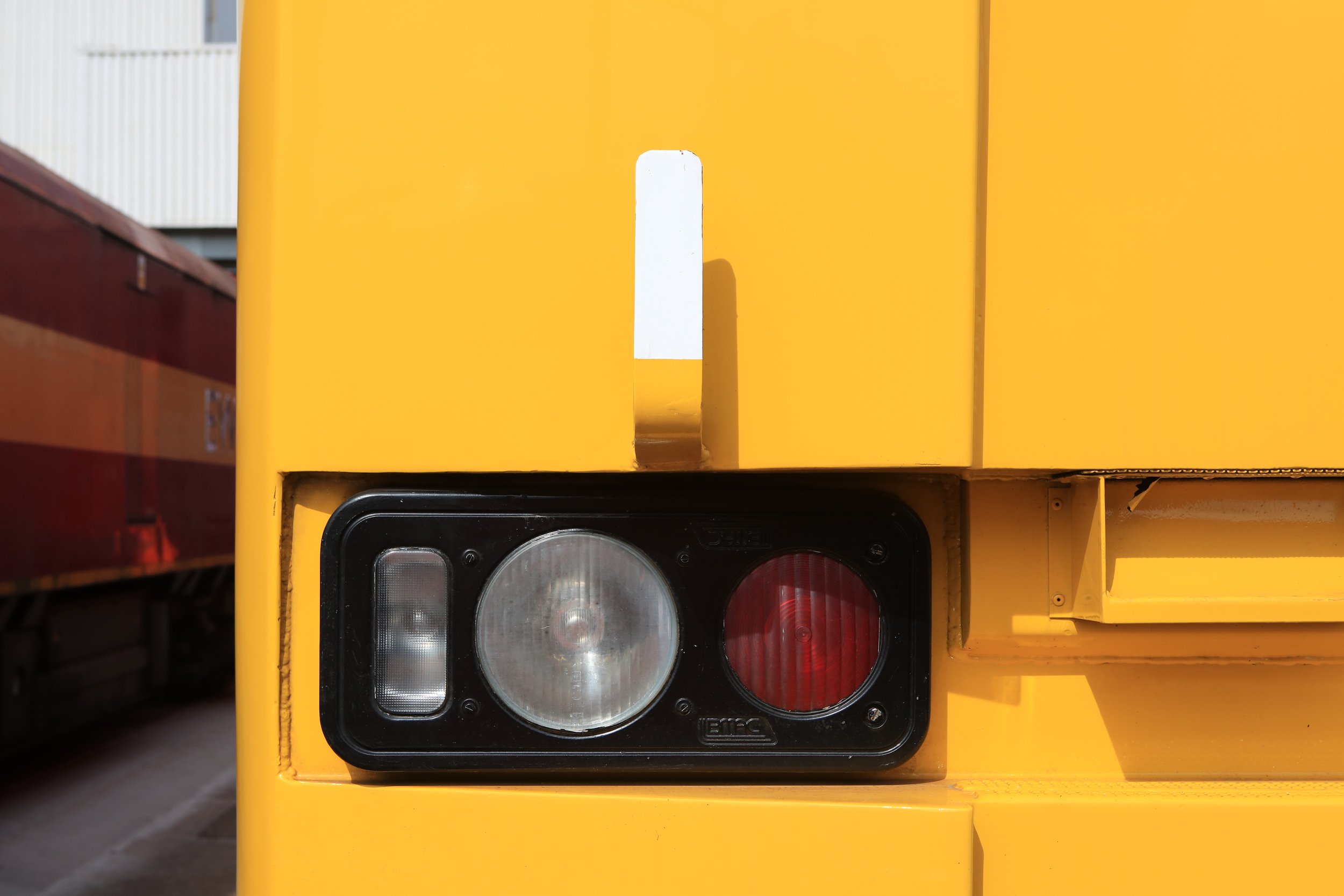
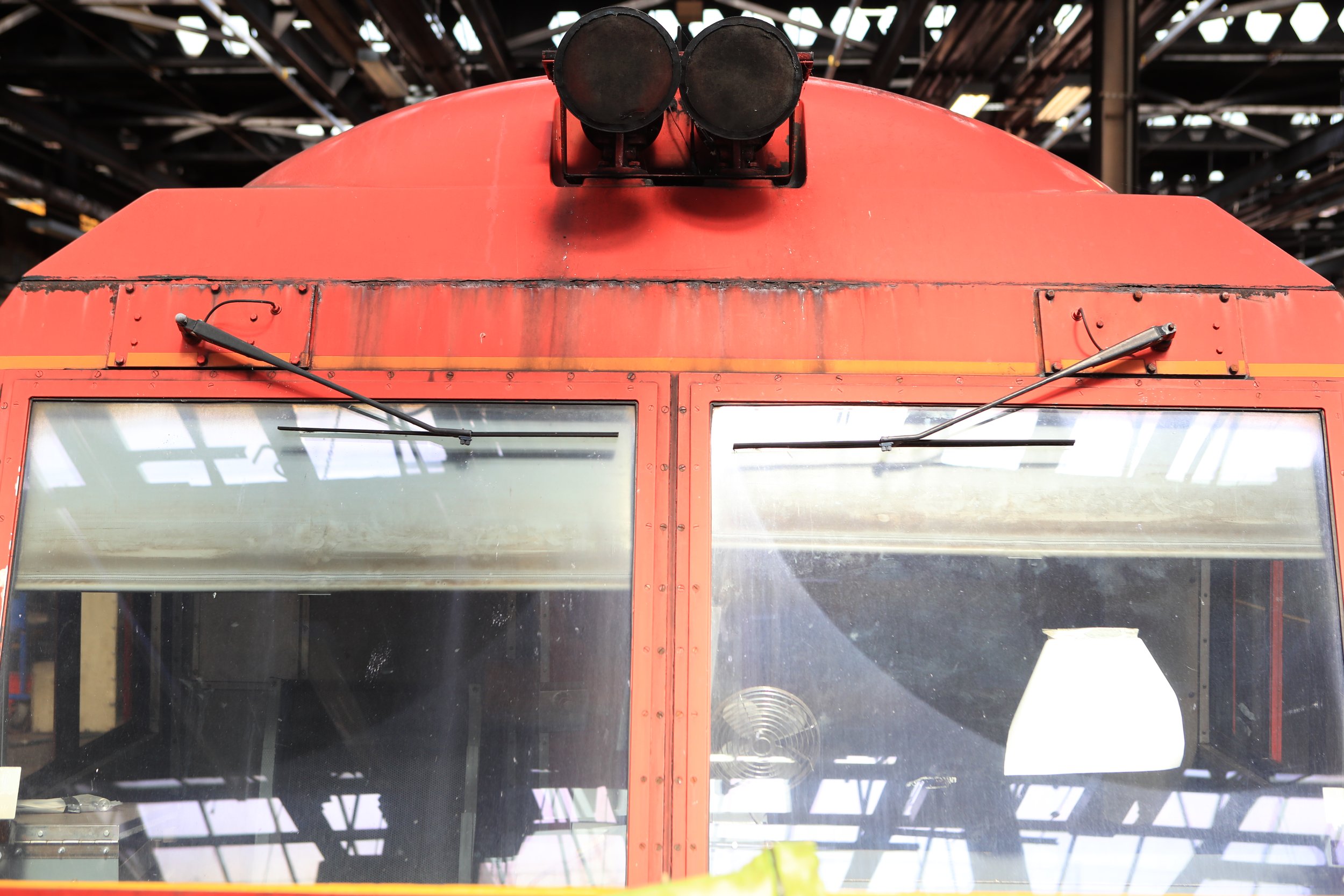
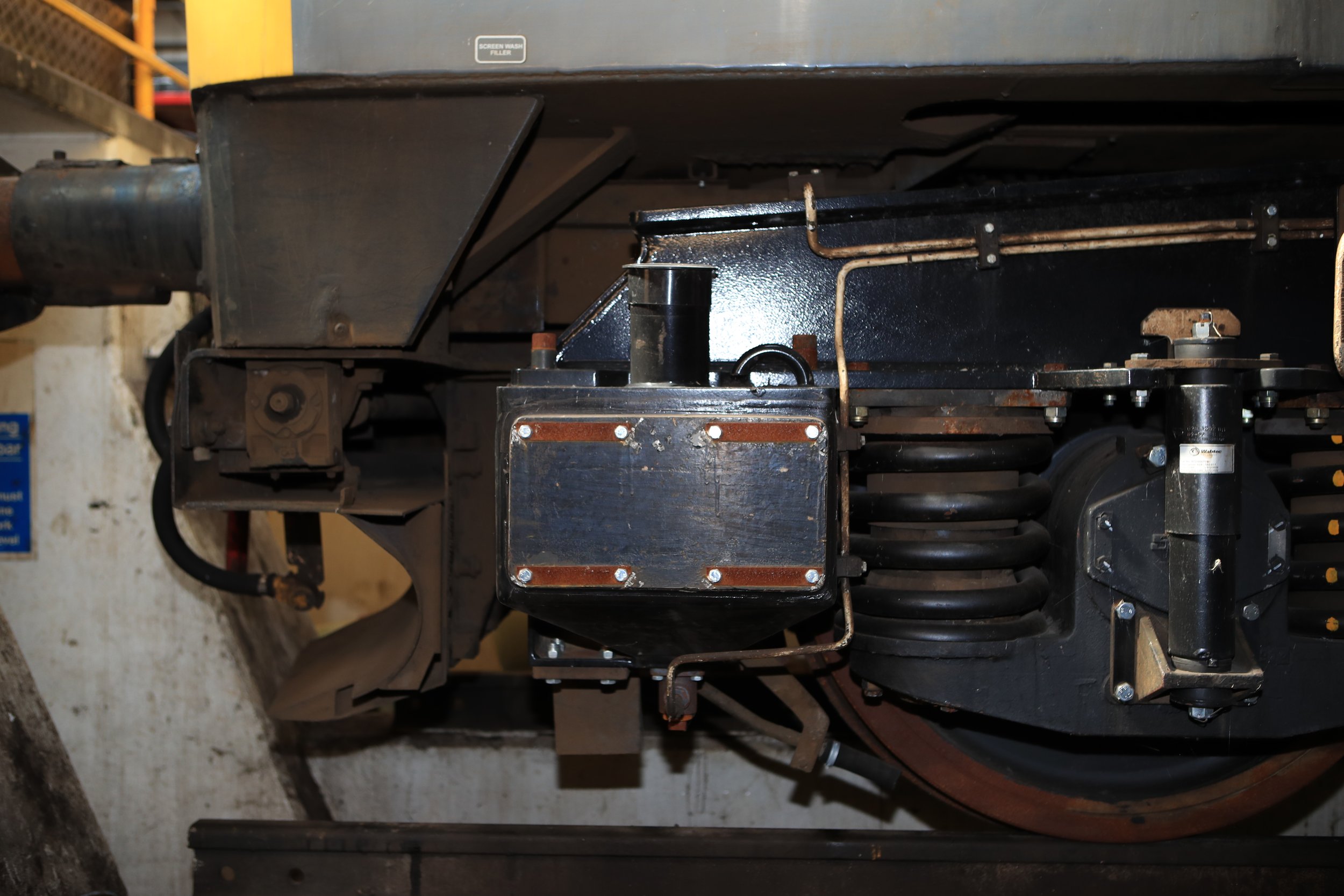
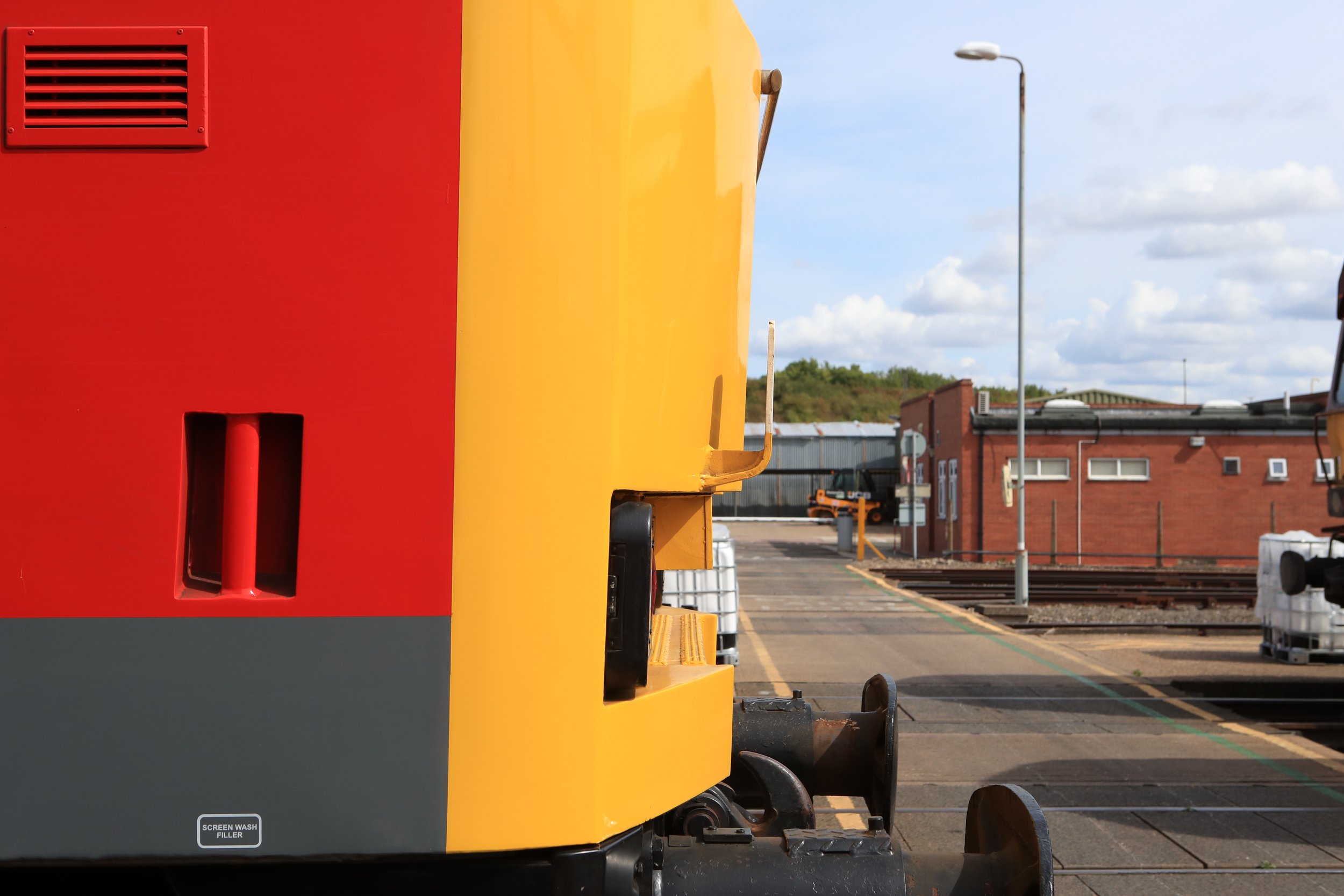
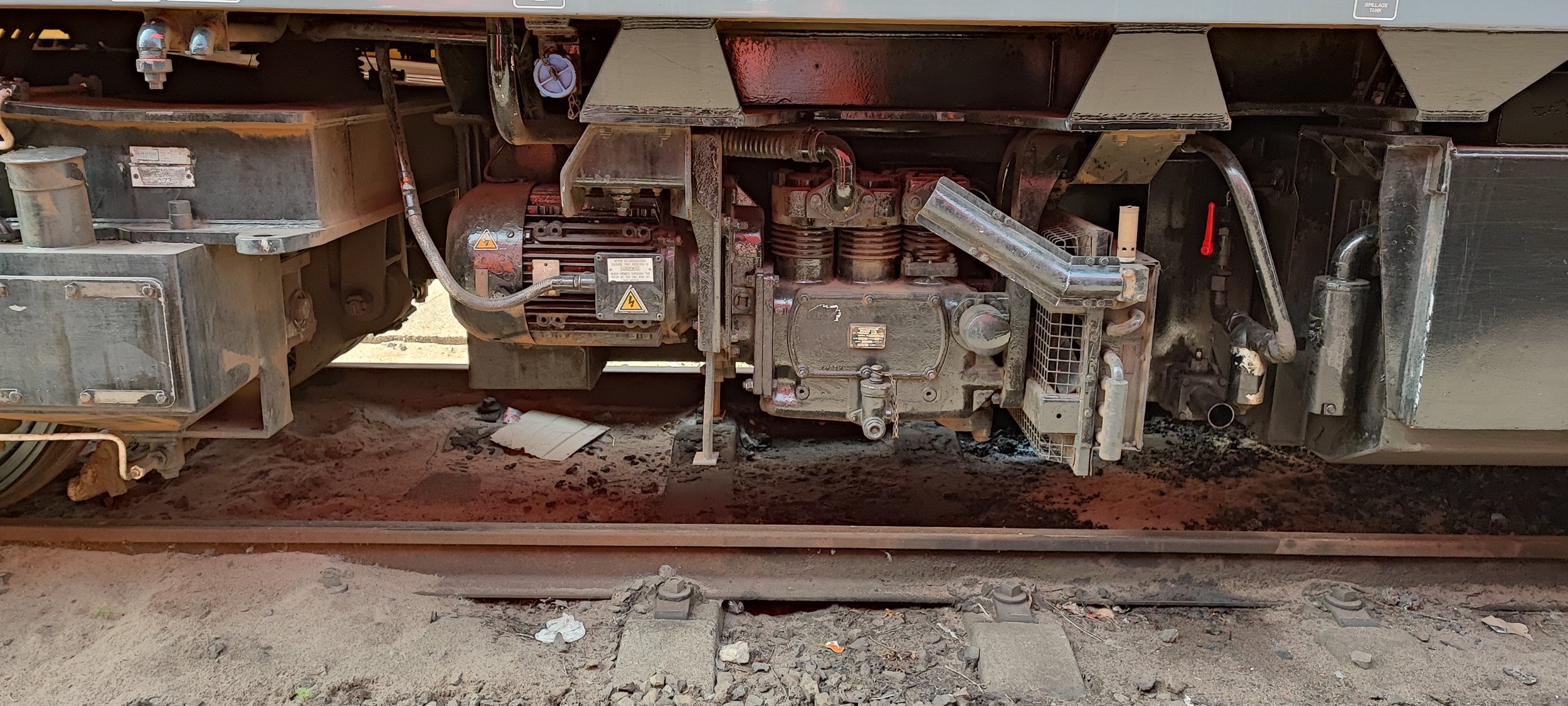
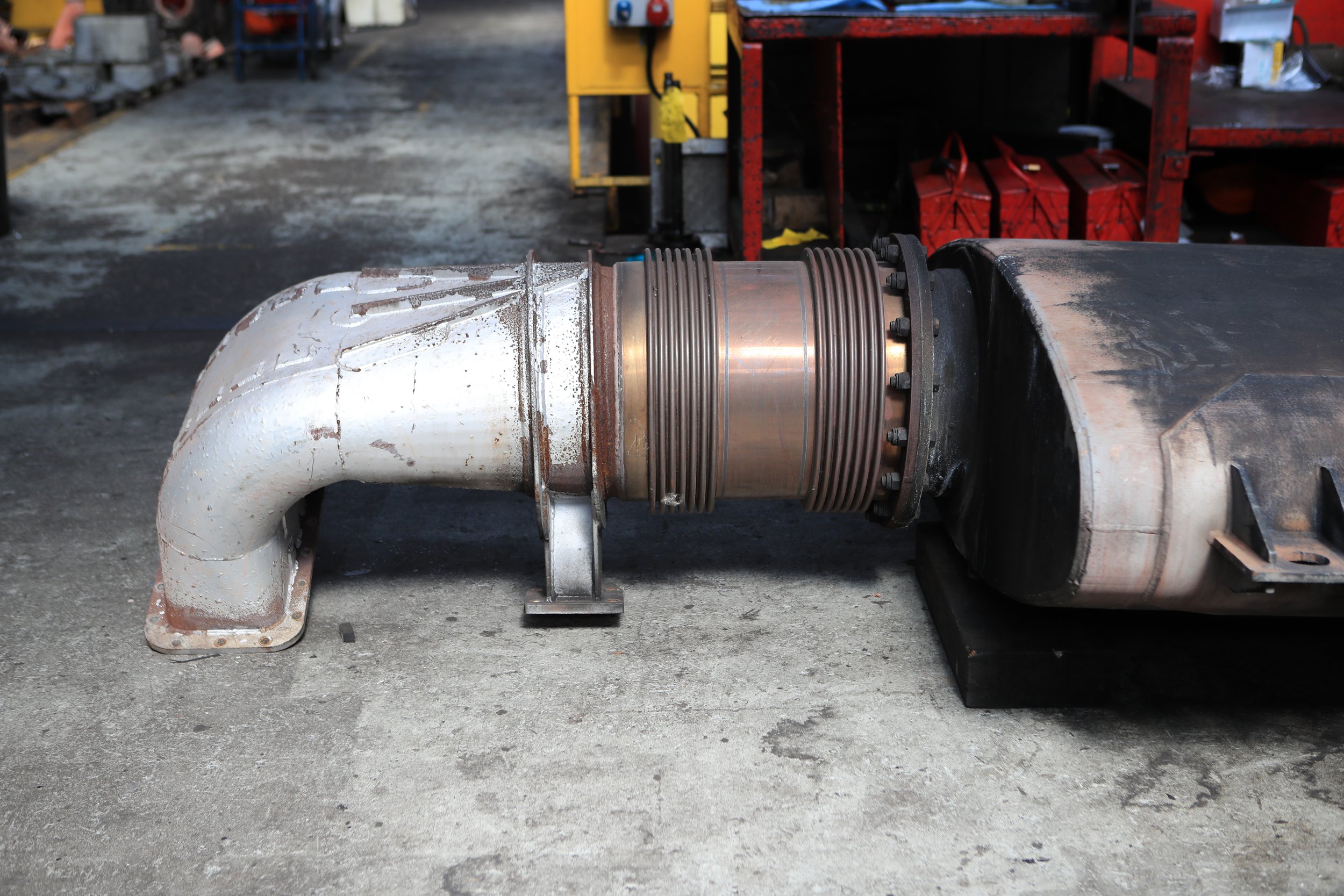
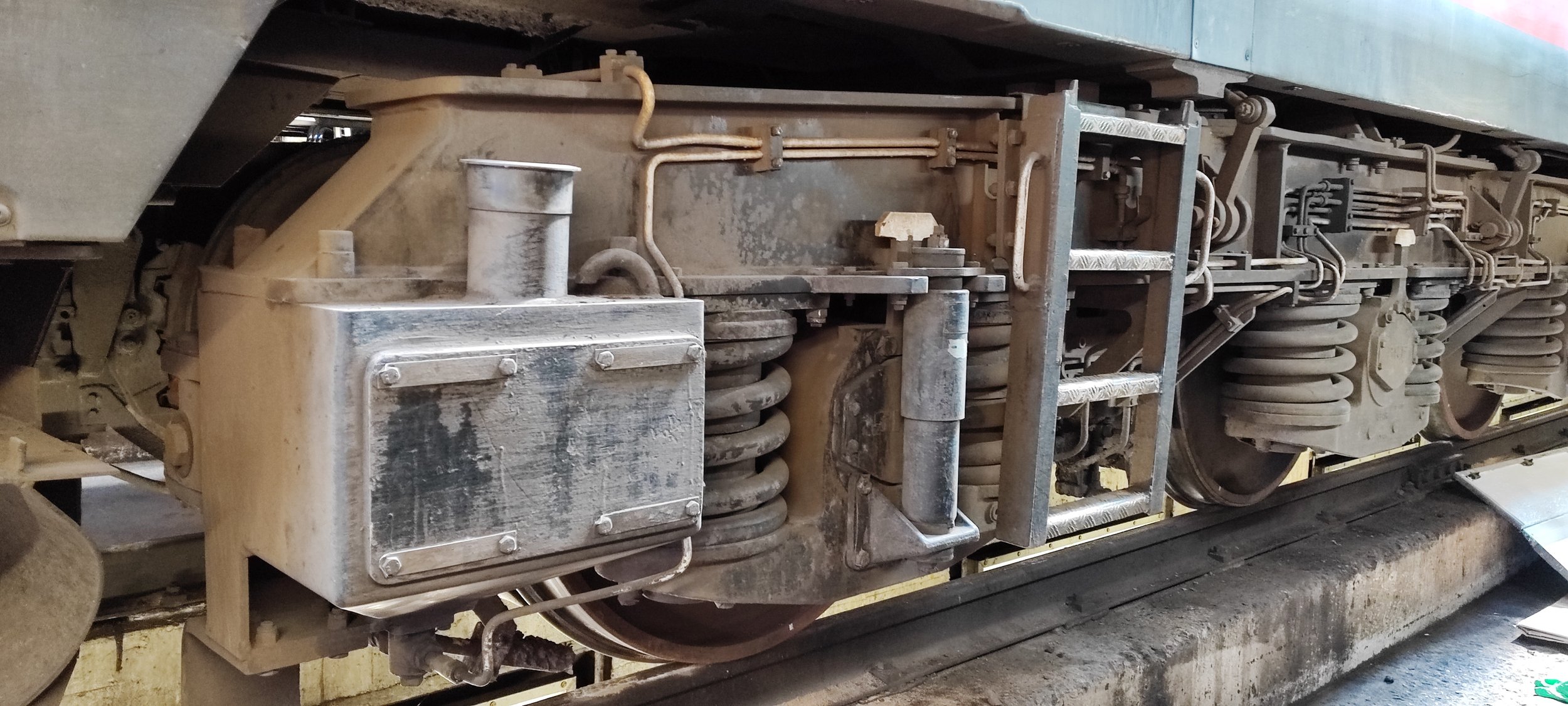
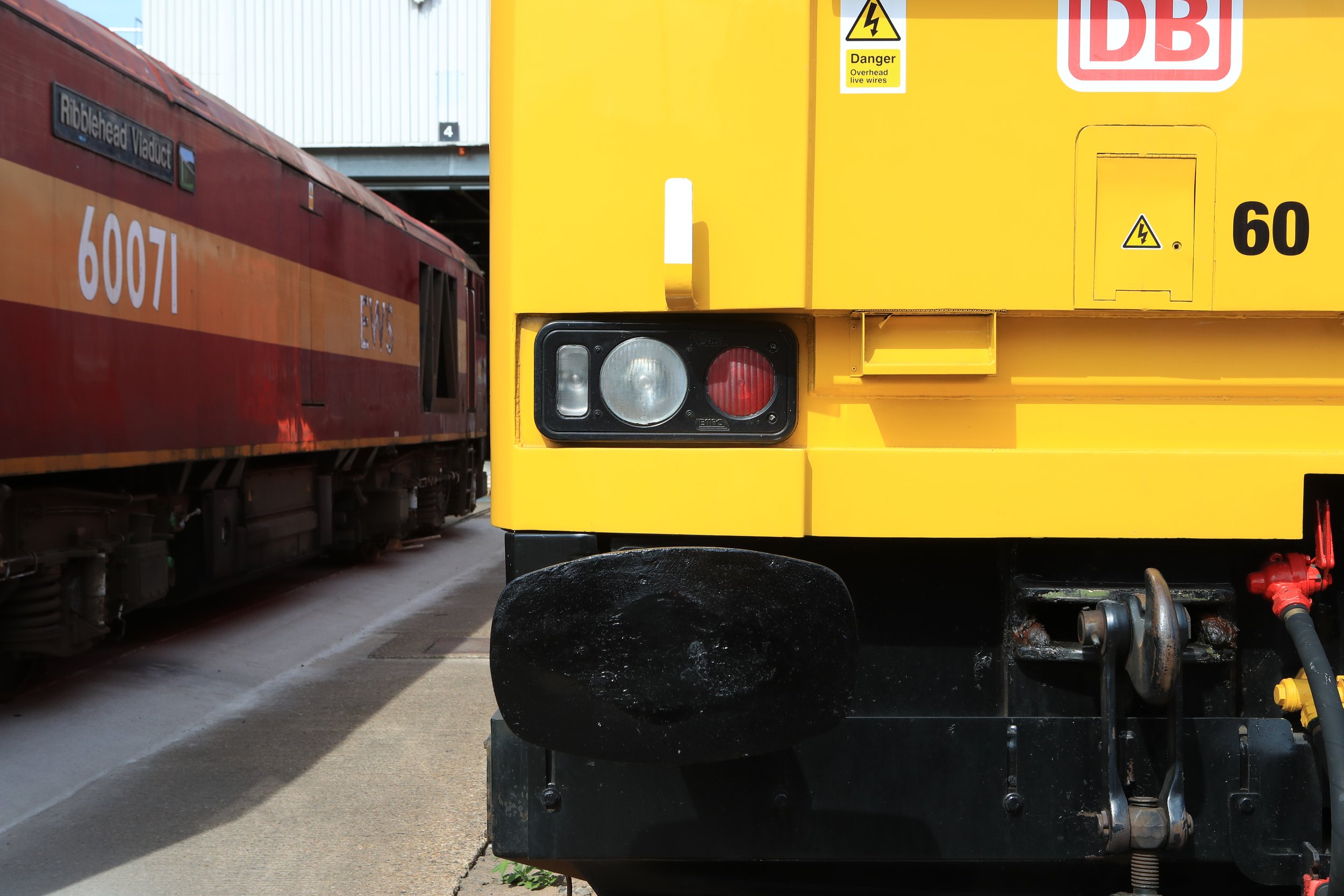
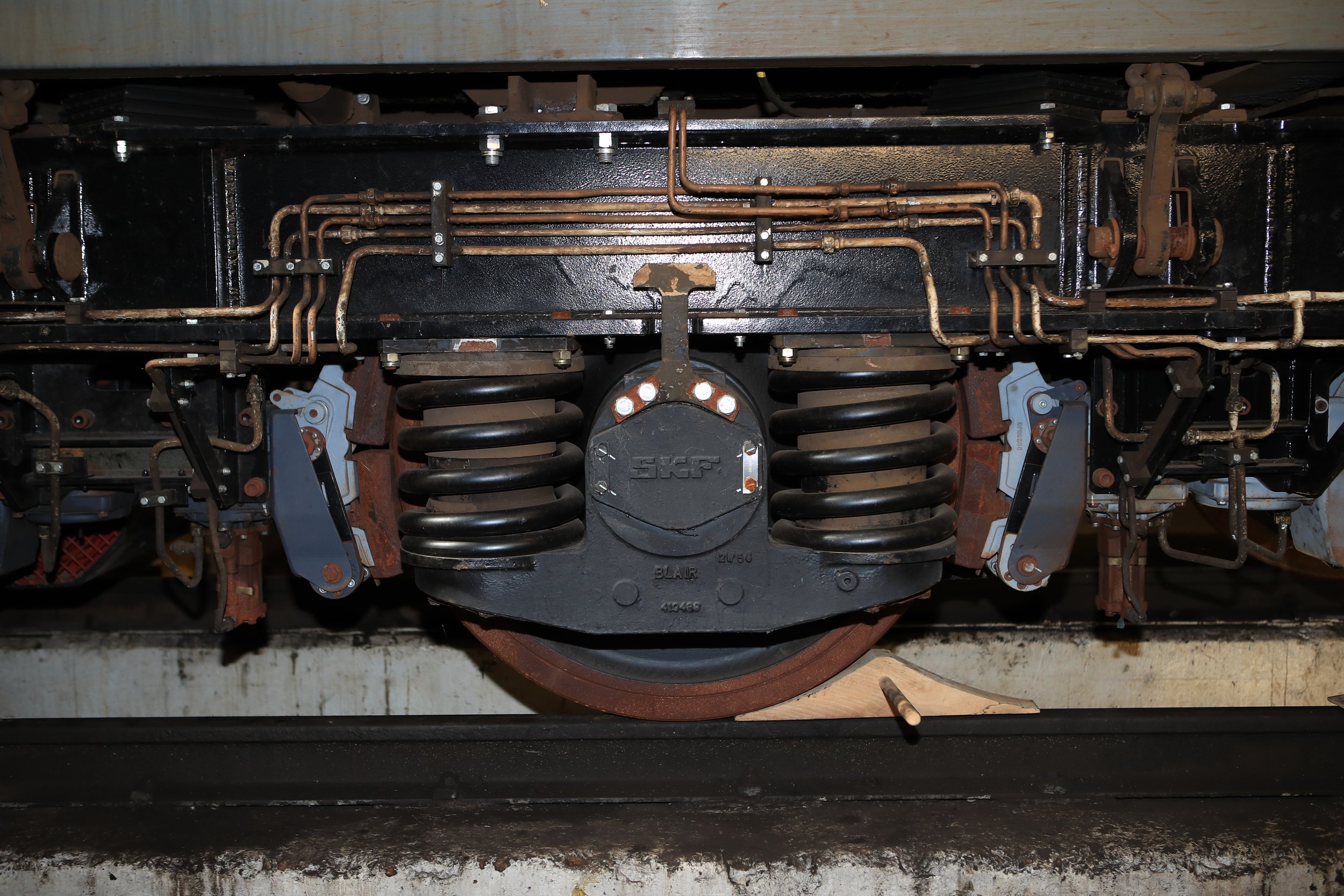
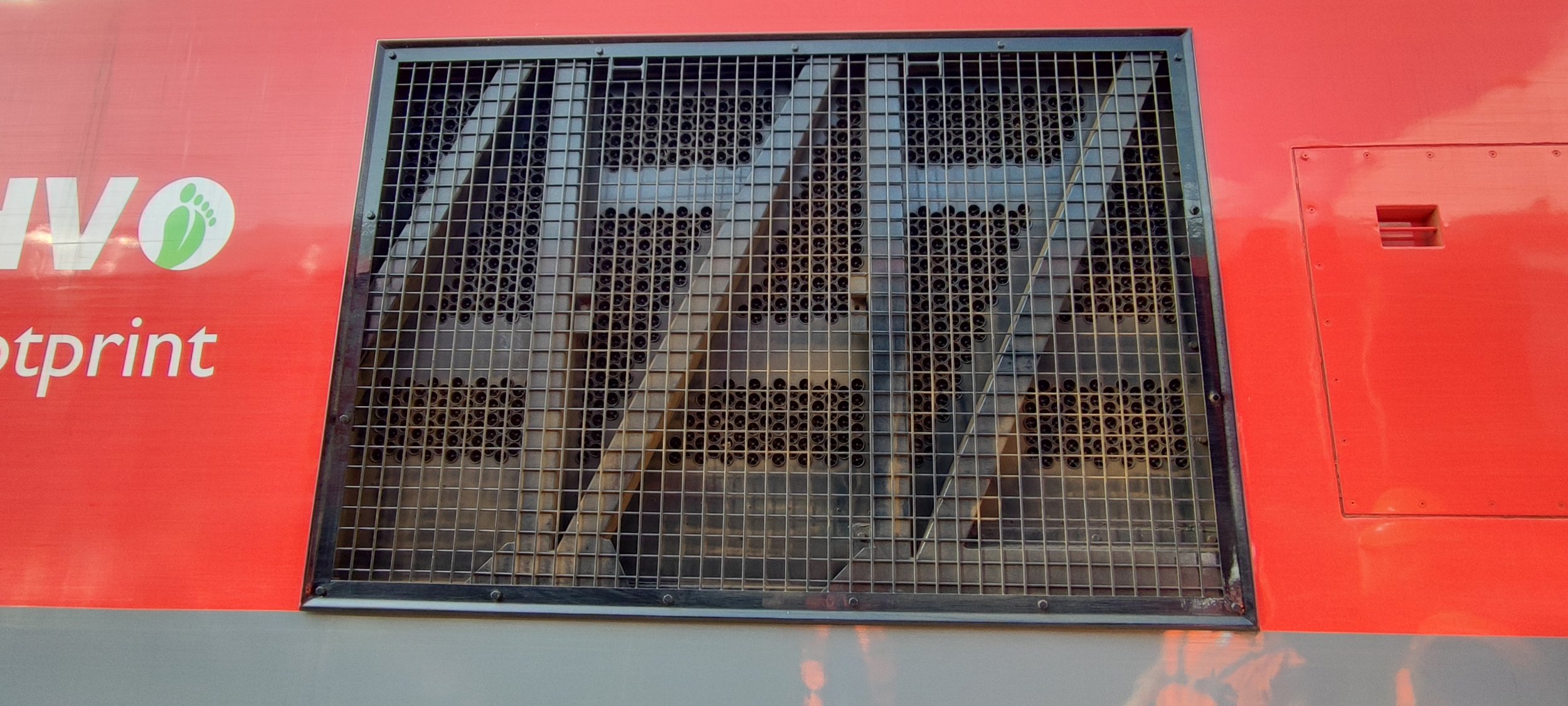
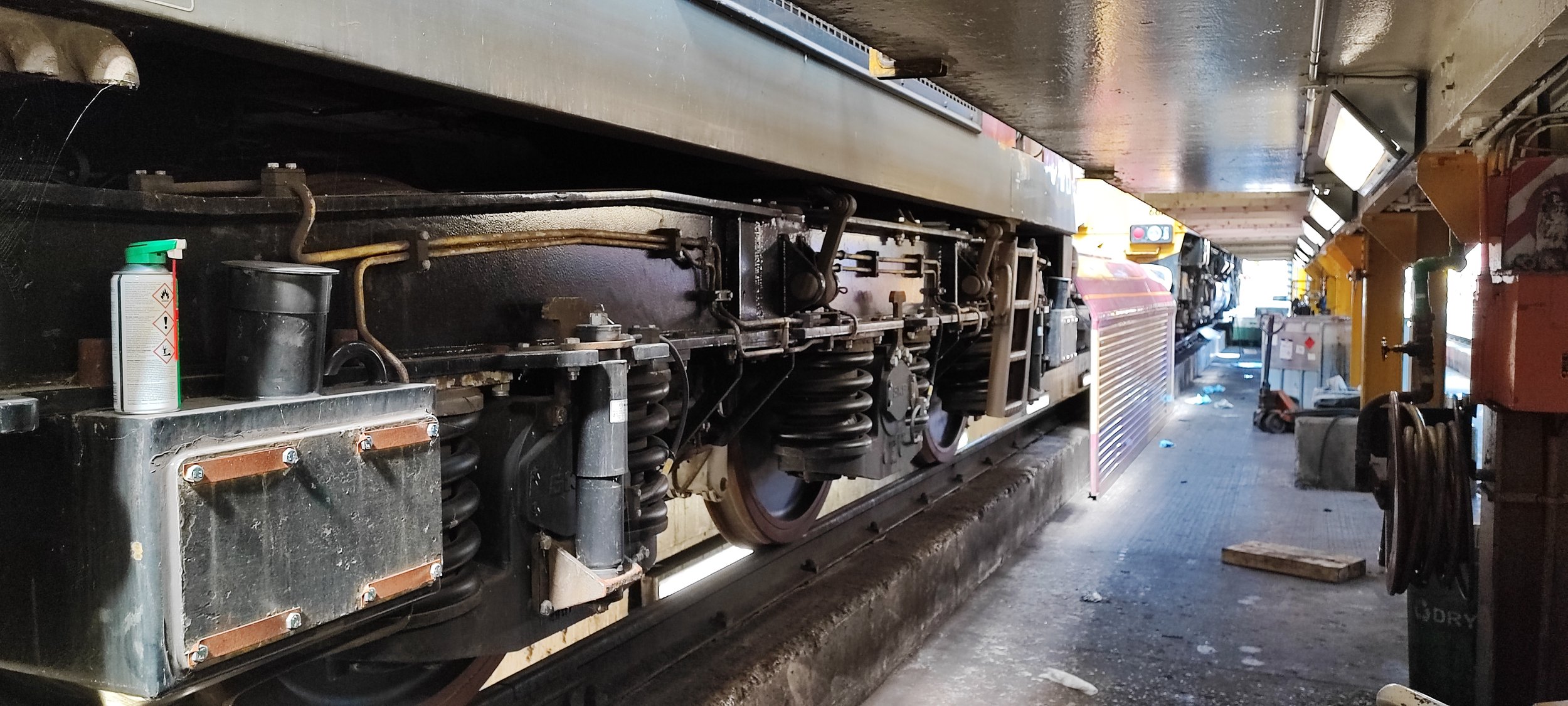
We would like to extend a huge thank you to the team at DB Cargo and Toton for allowing us to crawl all over, measure and photograph the numerous class 60s we were afforded access to.
The Model
THE CAVALEX CLASS 60 SPECIFICATION:
21 pin DCC interface and innovative removable panel to allow for easy DCC chip installation and access to the comprehensive dip switch control for DC users, which allows access to all of the DCC functions for lighting, without the need to remove the model from the track.
Photo etched grilles throughout the model including body side, roof and etched grilles within the clean air bay.
A wealth of separately fitted parts across the model, including bogies which aren’t just one piece mouldings to allow for proper detail relief as well as the under frame.
Fully detailed model of the Class 60 clean air bay visible through the photo etched bodyside grilles.
Full independently controlled lighting, allowing for parked, yard, light engine, and ‘on train’ modes, with realistic levels of brightness and colour representative of the prototype being modelled. Prototypical day/night lighting configurations for the modern livery examples. Clean air bay and cab lighting independently controllable via DCC functions.
Realistically bright (or dim depending how you look at it) cab lighting, driver’s desk with individually printed dials and decorated full depth cab interior as per the prototype.
Hall sensors for fully adjustable automated flange squeal on sound fitted models. This feature automatically provides the characteristic screech as the wheels enter sharp curves. Not having to activate the sound manually only adds to the immersive effect whilst driving the locomotive.
Power bank providing smooth uninterrupted running, which combined with floating centre axles, allows trouble free road holding and power.
5 pole motor with twin flywheel and low ratio gearbox for prototypical running speeds typical of the class.
Provision to order drop in wheelsets to easily convert the loco to EM and P4 gauges for those modellers that wish to showcase the unparalleled levels of detail and accuracy of the model with equally accurate trackwork.
Highly detailed and accurate underframe with numerous separately fitted parts.
Individual details and finish that has been rigorously researched and applied to each model to represent the individual prototype as accurately as possible.
DCC sound with custom ESU project for our factory fitted sound version and stay alive fitted to all models. EM1 type Speaker and additional sugar cube speaker in the chassis as standard for a balanced combination of low and high frequency sounds to accurately reproduce the prototype via a custom recorded sound project.
Etched name plates as appropriate to each model number.
Two styles of cab roof mounted horns to accurately recreate all prototypes.
Further yet to be announced innovative features.
The Cavalex Class 60 Range - available from all our retailers listed below
Sector era models
60027 - Petroleum Sector
- Petroleum Sub-sector livery
- Era: 1991-1995
- Separate “Joseph Banks” etched nameplates included
- Condition: As delivered
- Lights: Original Style WIPAC lights
CM - 60027 - TGP
60061 - Coal Sector
- Coal Sub-sector livery
- Era: 1991 - August 1995
- Separate “Alexander Graham Bell” etched nameplates included
- Condition: As delivered
- Lights: Original Style WIPAC lights
CM - 60061 - TGCL
60049 - Metals Sector
- Metals Sub-sector livery
- Era: 1991- March 1995
- Separate “Scafell” etched nameplates included
- Condition: As delivered
- Lights: Original Style WIPAC lights
CM - 60049 - TGM
60017 - Construction Sector
- Construction Sub-sector livery
- Era: 1991 - May 1994
- Separate “Arenig Fawr” etched nameplates included
- Condition: As delivered
- Lights: Original Style WIPAC lights
CM - 60017 - TGCN
Transition era models
60059 - Loadhaul
- Loadhaul livery
- Era: 1998 - 2012
- Separate “Swinden Dalesmen” etched nameplates included
- Condition: In service condition post Loadhaul repaint (as delivered)
- Lights: Original Style WIPAC lights
CM - 60059 - LH
60018 - EWS
- EWS livery
- Era: 1998 - 2009
- Condition: In service condition post EWS repaint (as delivered)
- Lights: Original Style WIPAC lights
CM - 60018 - EWS
Current day/contemporary era models
60010 - DB Cargo UK
- Debranded/Plain DB Cargo UK livery
- Era: 2018 onwards
- Condition: Post ‘Super 60’ Programme
- Lights: Original Style WIPAC lights
CM - 60010 - DB
60076 - Colas
- Colas livery with ‘Bluetooth Hard Hat’ style logos
- Era: December 2013 - September 2018
- Separate “Dunbar” etched nameplates included
- Condition: Post ‘Super 60’ Programme
- Lights: Original Style WIPAC lights
CM - 60076 - Colas
60087 - GBRF
- GBRF Blue livery
- Era: July 2021 onwards
- Condition: Post ‘Super 60’ Programme
- Lights: Original Style WIPAC lights
CM - 60087 - GBRF
60028 - Cappagh Blue
- DCR Grey livery
- Era: September 2022 onwards
- Condition: Post ‘Super 60’ Programme
- Lights: New Style WIPAC lights
CM - 60028 - CB
Please note the above images are for illustration purposes only - the final models may differ.
HOW TO ORDER:
Continuing our support of retailers, the Cavalex 60 will be a retail only model, available exclusively from all of our retailers listed below:
Collett’s Models - https://www.collettsmodelshop.co.uk
C&M Models - https://candmmodels.co.uk
John Dutfield - https://www.johndutfieldmodelrailways.co.uk
KMS Railtech - https://www.kmsrailtech.co.uk
Rails of Sheffield - https://railsofsheffield.com
Rainbow Railways - https://rainbowrailways.co.uk
Trains4U - http://www.trains4u.com
Ultimate Model Railways - https://ultimatemodelrailways.com
TTC Diecast - https://www.ttcdiecast.com
Cheltenham Model Centre - https://cheltenhammodelcentre.com
Should you have any questions please don’t hesitate to get in touch - cavalexmodels@gmail.com
Alex & Cav



